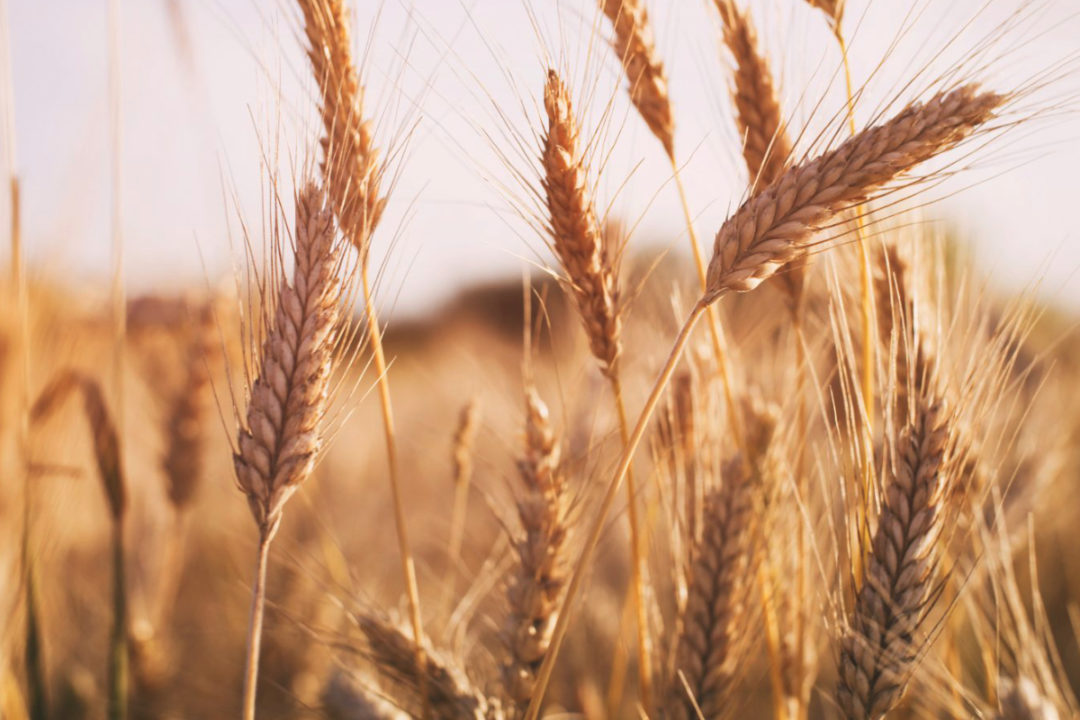
By Zuneid Yousuf
Described as "a fast-acting and devastating fungal disease", wheat blast has been recently confirmed for the first time on the African continent by the International Maize and Wheat Improvement Centre (CIMMYT).
Along with the Zambian Agricultural Research Institute (ZARI), United States Department of Agriculture, and Foreign Disease Weed Science Research Unit (USDA-ARS), researchers highlighted that symptoms of the disease, were in fact first identified in Zambia during the 2018 rainy season.
The wheat blast, which spreads through infected seeds, crop residues and airborne spores, presents a further knock back for farmers already struggling with the economic fallout from the pandemic to food supply and food security.
Last year, the International Center for Tropical Agriculture (CIAT) called for global preparedness to minimize the risk to food supplies, highlighting that, globally, yield losses caused by pests and diseases are estimated to average 21.5% in wheat, 30.0% in rice and 22.6% in maize.
Sub-Saharan African farming communities, continue to be hit with new challenges; they are currently working against the backdrop of a growing demand for food, where global agricultural production must increase by 70% by 2050 to fulfil the demand, as well as a global pandemic that has impacted food supply chains and weakened food security efforts.
Related News: How to control aphids in wheat
Related News: Kenya’s bread stays foreign on local wheat challenges from bird attacks to subsidized imports
As well as posing a serious threat to rain-fed wheat production in Zambia, it also raises the alarm for surrounding regions and countries on the African continent with similar environmental conditions.
Worldwide, 2.5 billion consumers depend on wheat as a staple food and, in recent years, several African countries have been actively working towards reducing dependence on wheat imports. Despite this, according to a 2019 study, wheat is also becoming an important food crop in Africa due to rapid population growth linked to increased urbanisation and change in food preference for easy and fast food.
Although CIMMYT has announced that it is partnering with national researchers and meteorological agencies on solutions to mitigate the threat of wheat blast and increase the resilience of farmers in the region, we must also examine the bigger picture. There are lessons to be learned in relation to how we equip our farmers with the tools and knowledge to prevent crop diseases in the first place, as well as how this contributes to sustainable agriculture practices.
Many national and regional plant protection organizations already work to monitor and contain crop disease outbreaks. However, there are efforts to be made at all levels, not only for a more efficient coordination of responses that will prevent disease establishment and spread, but also to exchange information around innovative research-based alternatives.
Pawan Singh, head of Wheat Pathology at CIMMYT highlights the need for this further research to mitigate the wheat blast itself. He points to a set of research outcomes, including the development of resistant varieties, identification of effective fungicides, agronomic measures, and new findings in the epidemiology of disease development.
Related News: Government asks millers to buy all wheat from Kenyan farmers before importing
Related News: Kenya faces wheat shortage as farmers abandon the crop
As the Chairman of African Green Resources (AGR), I see our contributions to the mitigation of the wheat blast as critical, especially because our location has meant that we find ourselves in the midst of the affected areas. Currently, AGR is working with ZARI and engaging South American and Indian seed developers to identify improved strains of wheat seed to be adopted in Zambia.
The productivity of smallholder agriculture is also vital. Its contribution to the economy, food security and poverty reduction depend on the services provided by well-functioning ecosystems, including soil fertility, freshwater delivery, pollination and pest control.
Our primary focus at AGR is on training small-scale farmers in good agriculture practices, by providing them with affordable inputs and technologies, as well as soil fertility-testing facilities, to achieve high yields. However, these high yields are redundant without the adequate tools and methods to protect the crops.
This is why AGR facilitates agriculture credit, working capital for equipment leases, fertilizers, seed and chemicals to ensure that no base is left uncovered. In exchange AGR collects crop harvests through warehouse receipts at centralized storage silos.
In order to support food security initiatives in to the future, we must scale up farming practices that maintain the resource base on which smallholders depend, such as soil fertility and groundwater, whilst ensuring that all farmers vulnerable to environmental externalities such as crop diseases, have the support and training they need to minimise the risk of depleted crop yields.
As the coronavirus pandemic has shown, we may not yet be able to combat every disease that threatens our livelihood, but those in the best position to fight it are those best prepared. This same mantra applies to global agriculture, and far more is needed in order to prepare and support smallholder farming communities across the world.
















Comments powered by CComment